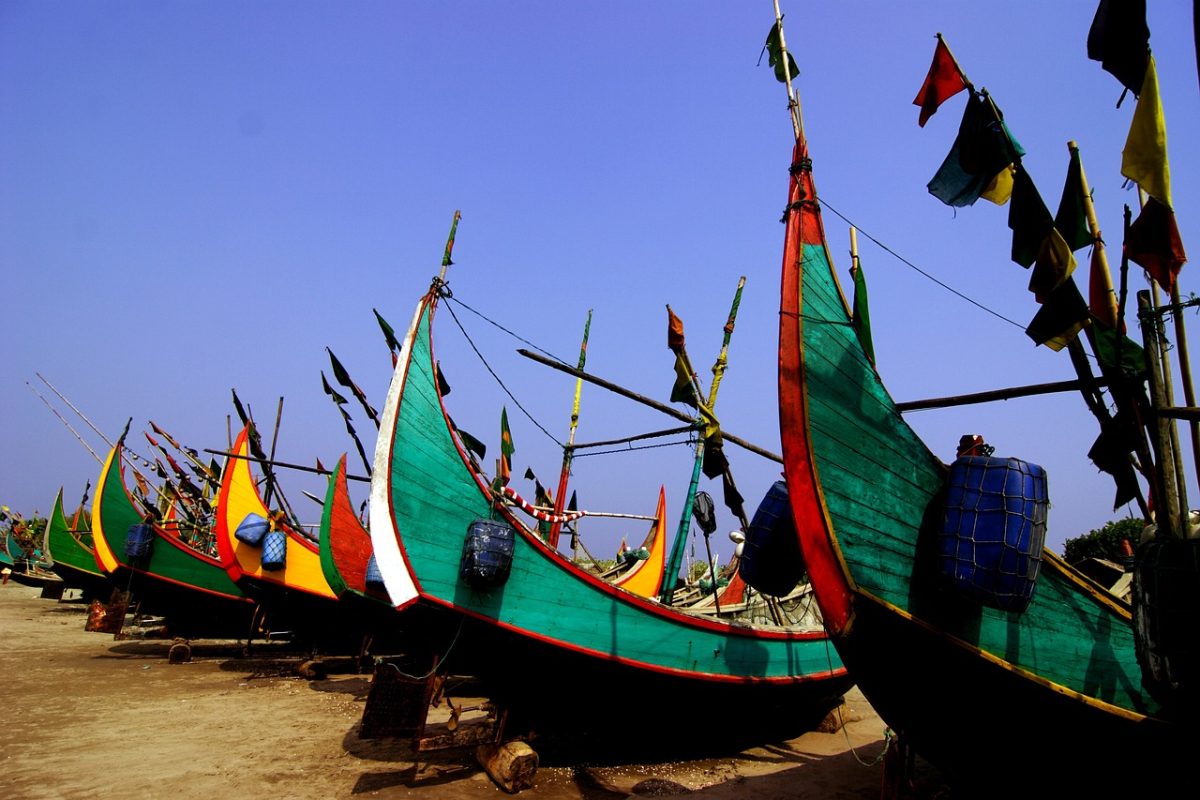Bangladesh is in south Asia in between India and Myanmar. The administrative structure of Bangladesh currently comprises eight divisions (Bengali: bibhag) They are Barisal, Chattogram, Dhaka, Khulna, Rajshahi, Rangpur, Mymensingh and Sylhet. Bangladesh is known for its vibrant history, ancient archeology, rich culture and beautiful landscape. Some of the oldest Islamic, Buddhist, and Hindu archeological relics can be found in Bangladesh. Bangladesh has the world’s 3rd largest sea beaches with 120 km. It has one the largest mangrove forests in the world called Sundarbans. It is one of the biggest apparel exporters, the third-largest Muslim-majority population in the world, and Bangladesh has the second fastest river in the world, right after Amazon. Bangladesh has 6 seasons which are Summer (Grisma ritu), Rainy (Barsa ritu), Autumn (Sarat ritu), Late Autumn (Hemanta ritu), Winter (Shitt ritu) and Spring (Basant ritu).
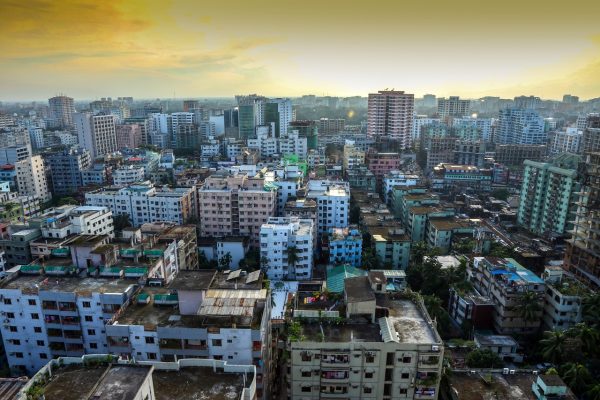
Bangladesh is also known for nature, colors and the beautiful people. They have the right to speak its own its language. the capital of Bangladesh is one of the most populous cities globally and known for having a vibrant street life. It’s the fifth largest city in the world. Bangladesh is a real river country that’s threaded together by over 700 rivers. Tea is the second largest export-oriented cash crop of Bangladesh. Bangladesh has a high population. Money in Bangladesh is taka. Bangladesh is one of the fastest growing economies in the world and one of the active countries for women employment in the world. A lot of people think Bangladesh is a poor country, but nowadays it’s advancing and it’s becoming more modern.
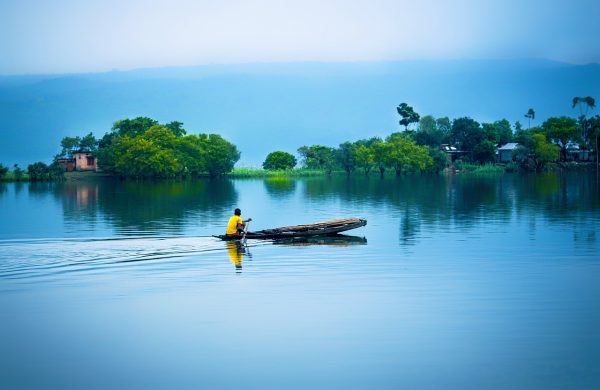
What kind of people live in Bangladesh?
Bengali people live there. The majority of the population are Muslims. There are some Hindu, Buddhists, 0.30% Christians. Bangladesh has one of the highest population densities in the world. The predominant groups are Chakmas, Marma and Tripura.
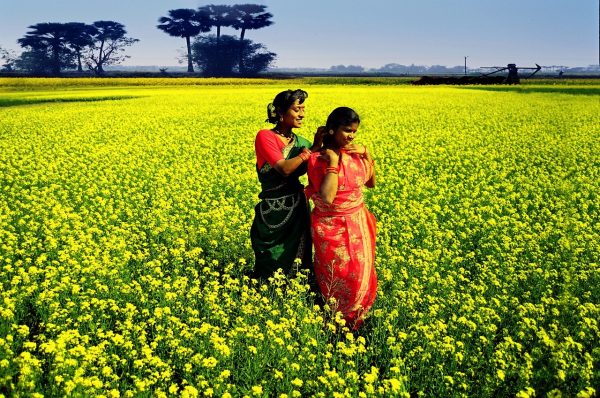
The Flag
The national flag of Bangladesh was adopted officially on 17 January 1972. It consists of a red disc or sun on top of a dark green banner. The red disc is offset slightly toward the hoist, so that it appears centered when the flag is flying. The disc represents the sun rising over the country, and its red color is intended to represent the blood that the people of Bangladesh shed during their war of independence. The off-center placement of the dot is intended to represent the asymmetrical nature of the war, in which the Bangladeshi people were vastly outnumbered and outgunned by the Pakistani military. The flag of Bangladesh was designed by a group of students led by Kamrul Hasan in 1971 (Google).
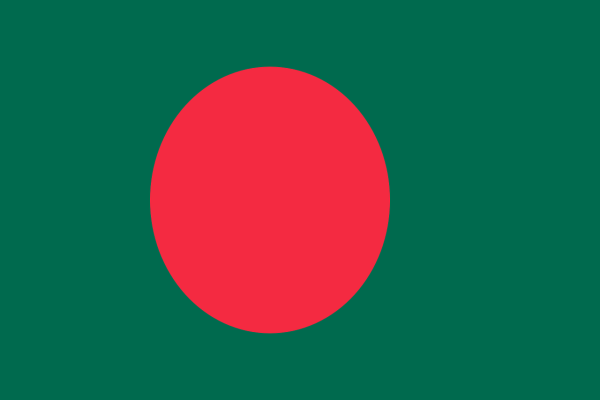
Bangladesh’s Special Days and What They Mean
-Independence Day. March 26th is celebrated because on March 26th is when Bangladesh got their independence from Pakistan.
-Celebrated every 16th of December, Victory Day or ‘Bijôy Dibôs’ is celebrated to commemorate the ultimate victory in our Liberation War in 1971.
-‘Pohela Boishakh’, (Bengali New Year) 14th of April is the first day of the Bengali calendar. It is celebrated in a unique way. It’s very colorful. People mostly wear red and white. Girls wear saree and boys wear Punjabi.
– Vaishakha Purnima is a Hindu holiday, it’s an important holiday for them. According to the Hindu calendar, Purnima in the month of Vaishakha is one of the most important full moons of the year. It is the second Purnima of the year and comes just after Narasimha Jayanti. Moreover, Vaishakha Purnima is also known as Satya Vinayaka Purnima. (google)
-Eid al-Fitr and Eid al-Adha is a Muslim holiday celebrated by Muslims and both Eids are very different from each other. Eid al-Fitr is celebrated when the holy month of Ramadan is over, and every Muslims always get excited for it. It is an enjoyable Eid and it’s the first Eid. The other Eid is Eid al-adha. Muslims have to sacrifice an animal, and there is specific one that they have to do. Women can go to each other’s house to meet but, it means they cut the meat. After men are done cutting the meat, women have to clean them and cook them. No matter what during Eid al-adha they cook beef. On Eid adults give money to anyone but mostly kids.
The Weddings in Bangladesh
In Bangladesh, in the past the bride used to go to the groom’s house the night they got married, by a thing called palki. The palki is like a rectangular or square box that has a holding stick like bamboo, and it has 2 open doors on the side. The bride sits inside it, and 2 or 4 guys carry the palki to her husband’s house. The guys carrying her have to walk with their feet no matter how far it is to bring the bride to her husband’s house. These are the traditional things to do during the wedding is both the groom and bride house have to send gifts for each other’s family like their aunts, uncle, parents and their siblings. The bride’s younger sister, or younger cousins, go to the groom’s house the day of the wedding. Sibling and friends of the bride hold a rope as a gate where the groom have to give money to them in order to enter the place where the wedding takes place and the bride sister, cousins or friends feed the groom sweet, juice and pan. The grooms’ shoes are stolen by the bride side, to get money from him, they don’t give the shoes back until the groom gives them money.
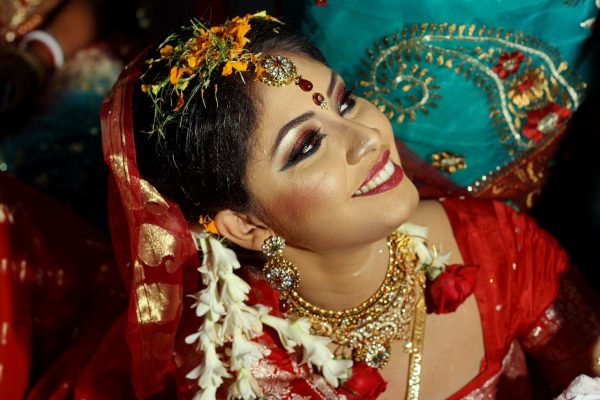
The wedding lasts for a few days for Muslims and Hindus. For Hindu people, it is very interesting how they celebrate their weddings. Their wedding starts very late at night. 2 or 3 guys go with a square plat thing like cardboard where the bride sits and cover her face with a pan in order for her to come to the little house that was built where the wedding happens. After they bring her to the little house, they have to go around the groom a few times, the groom has to stand for this, then she removes the pan and stands up. After that they put mala on each other’s head a few times. They have a little fireplace where they have to go around it a few times. They both have an orna (scarf) where it needs to be tied in order for them to go around the fire. They sit next to the fireplace then the thakur says things. After he says these things, the couple has to throw something in the fire- then the groom has to put vermilion mark on the hair just above the forehead, which says that they are married. After their husband passes away, they have to remove the vermilion mark and break the bangles and wear white clothing which shows that their husband passed away. After putting the vermilion mark, the bride leaves her parents’ house. When the bride leaves, she has to throw rice in her mother’s orna (scarf) saying that she is paying off to them and she can’t turn around to see her mother after doing that. Her mother has to leave after the bride throws the rice on her mother’s scarf.
Cloths
Girls are meant to cover their whole body in Bangladesh, but if you live in the capital, you can wear anything you want. Outside the capital you can’t. Females outside the capital wear a long length dress, borka(abaya), or three piece- majority of the people wear hijab. For guys they wear lungi. Some people wear it outside but most of them wear it inside the house like a sweatpant, pajama or comfortable cloth how guys in western countries wear. Older people tend to wear punjabi as out wear or inside wear, but people wear punjabi to a special occasion- or when they go to pray Friday prayer. Hindus also wear it for the same reason as Muslims, but the prayer one is optional for both religions.
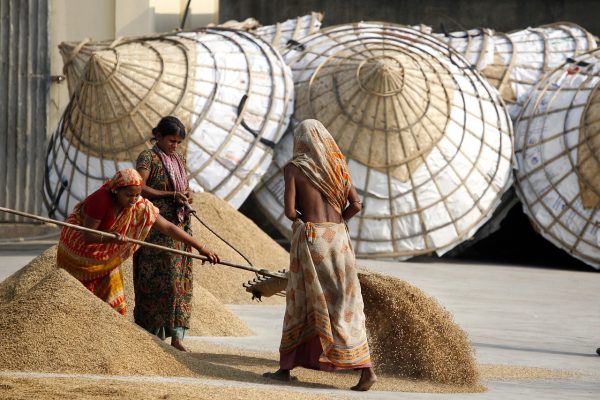
Tupi is something Muslims wear to pray, because the Islamic prophet Muhammad is reported to have kept his head covered, thus making it sunnah, and some Muslims therefore believe that this makes it mustahab (i.e., it is commendable to cover the head in order to emulate him). Muslim men often wear them during the daily prayers and men can wear it any color. The color is not mandatory.
Schools in Bangladesh
Almost all the schools and colleges in Bangladesh wear uniforms. There are different colors for different schools. The colors of the uniform represent its school. Girls in some schools have to wear a shirt, dress, tie and a hat. In some schools they have to wear a dress until their knee, a scirp on their chest, leggings and sneakers. For guys they have to wear a shirt, tie, dress pants and sneakers. The school tells the students what to specifically wear and students must wear them or else they get in trouble. Students must do piti (some source of stretches), say the national anthem, raise the flag and everyone salutes the flag. If students come after these things, they don’t have to do it anymore, but if they come while these things are happening, they have to do them. All the students must come to the campus to do it or else they get punished. For high school, it starts early and for young people it starts late. Schools in Bangladesh is for like 3 to 4 hours, but for high school students its 6 hours.
Jewelry
In Bangladesh there are many different types of jewelry such as the tikli, the tikli is something that anyone can wear. Jhapta is a head piece worn on the side of the head by anyone.
This is a dot a sticker type girls wear on their forehead as an accessory. It has different colors and design. This is a kind of design brides do on their forehead at the wedding. A Hindi bride does this. Muslim people also do this, but they put the sticker on one. The nopur is an ankle bracelet that is worn when people dance. The nath is a nose ring that is only worn by the bride from the nose.
Instruments
The Naktara is a drum that is played with one index finger. The sitar is a type of guitar that was invented in the 18th century. There is a position that you have to sit in to play the sitar effectively. The dotara is a plucked stringed instrument. Dotora, literally, “Of [or ‘having’] two strings”) is a two-stringed, plucked musical instrument from South Asia, with most contemporary models having four playing strings (similar to the sarod).

